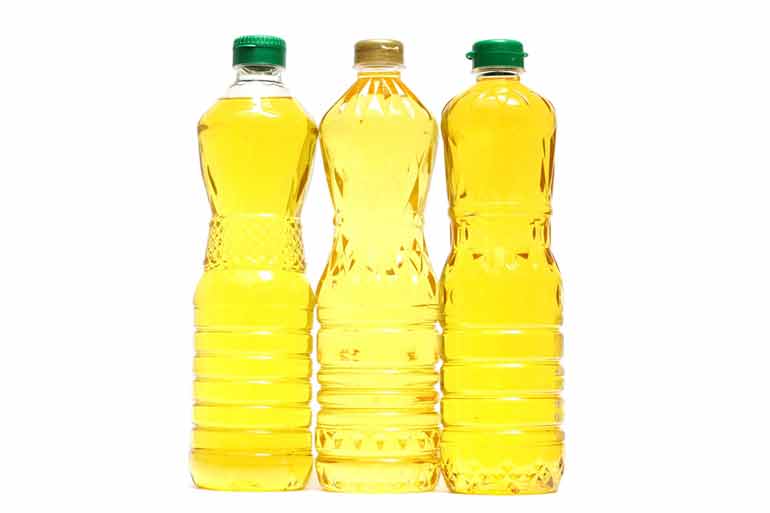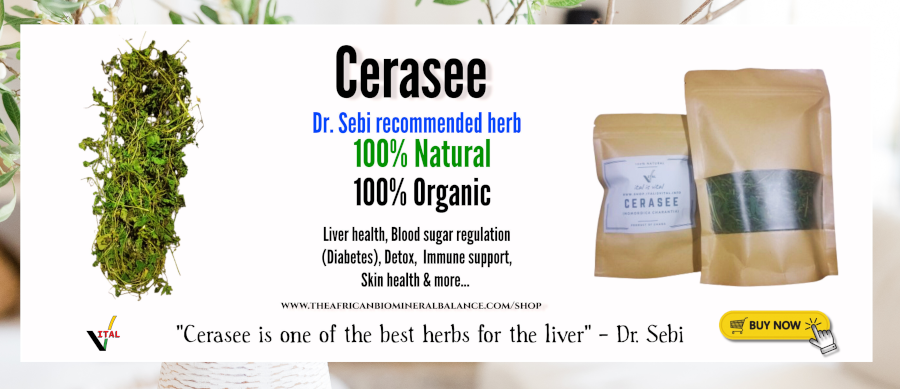Hydrogenated oil is a type of fat that has undergone a chemical process called hydrogenation, which adds hydrogen atoms to the oil’s molecular structure. This process converts liquid vegetable oils into a semi-solid or solid form at room temperature. There are two main types of hydrogenated oils:
1. Partially Hydrogenated Oil
Description: This type of oil is only partially saturated with hydrogen, which creates trans fats as a by-product. These oils have been commonly used in processed foods because they extend shelf life and provide a market “desired” texture.
Health Impact: Partially hydrogenated oils are the primary source of artificial trans fats in the diet, which are harmful to health. Trans fats raise LDL cholesterol, lower HDL cholesterol, and increase the risk of heart disease, stroke, and type 2 diabetes.
– Sources:
– Margarine and shortening
– Baked goods (e.g., cakes, cookies, pie crusts)
– Fried foods (e.g., doughnuts, French fries)
– Packaged snacks (e.g., chips, crackers)
– Some frozen foods (e.g., pizza, pie crusts)
2. Fully Hydrogenated Oil
Description: In fully hydrogenated oil, the hydrogenation process is complete, making the oil completely solid. It results in a fat that is high in saturated fats.
Health Impact: While fully hydrogenated oils do not contain trans fats, they are still high in saturated fats, which can raise cholesterol levels and contribute to heart disease.
– Sources:
– Certain baked goods
– Processed snacks
– Some types of margarine and spreads
– Packaged desserts and pastries
Why Hydrogenated Oils Are Used:
Food producers are said to use hydrogenated oils for a number of reasons including these:
– Shelf Life: Hydrogenated oils have a longer shelf life compared to liquid oils, which makes them appealing for use in processed foods.
– Texture: They provide a preferred texture and consistency, especially in baked goods, spreads, and frying applications.
– Stability: These oils are more stable at high temperatures, thus suitable for frying and other cooking methods.

Common Hydrogenated Oils
Here’s a list of common hydrogenated oils, which can be either fully or partially hydrogenated. These oils are often used in processed foods due to their stability and longer shelf life:
Common Hydrogenated Oils:
Partially Hydrogenated Oils
These contain trans fats, which are harmful to health and have been widely restricted or banned in many countries.
- Partially Hydrogenated Soybean Oil
- Partially Hydrogenated Cottonseed Oil
- Partially Hydrogenated Palm Oil
- Partially Hydrogenated Corn Oil
- Partially Hydrogenated Canola Oil
- Partially Hydrogenated Sunflower Oil
Fully Hydrogenated Oils
These do not contain trans fats but are high in saturated fats.
- Fully Hydrogenated Soybean Oil
- Fully Hydrogenated Cottonseed Oil
- Fully Hydrogenated Palm Oil
- Fully Hydrogenated Canola Oil
- Fully Hydrogenated Sunflower Oil
Where You Might Find Hydrogenated Oils:
- Margarine and Shortening: Hydrogenated oils are often used to create a solid or semi-solid consistency.
- Baked Goods: Cookies, cakes, pie crusts, and pastries often contain hydrogenated oils for texture and extended shelf life.
- Fried Foods: Foods like doughnuts, French fries, and other fried snacks may be cooked in hydrogenated oils.
- Packaged Snacks: Crackers, chips, and microwave popcorn often contain hydrogenated oils.
- Processed Foods: Some frozen foods, breakfast items, and processed meats may contain hydrogenated oils.
Names hydrogenated oils are listed as
Hydrogenated oils can sometimes be listed under different names or descriptions on food labels. These alternative names can make it harder to identify them, so it’s important to know what to look for. Here are some of the different names and terms under which hydrogenated oils might be listed:
Common Names for Hydrogenated Oils:
- Hydrogenated Vegetable Oil
- Partially Hydrogenated Vegetable Oil
- Fully Hydrogenated Vegetable Oil
- Hydrogenated Soybean Oil
- Partially Hydrogenated Soybean Oil
- Fully Hydrogenated Soybean Oil
- Hydrogenated Cottonseed Oil
- Partially Hydrogenated Cottonseed Oil
- Fully Hydrogenated Cottonseed Oil
- Hydrogenated Palm Oil
- Partially Hydrogenated Palm Oil
- Fully Hydrogenated Palm Oil
- Hydrogenated Corn Oil
- Partially Hydrogenated Corn Oil
- Fully Hydrogenated Corn Oil
- Hydrogenated Canola Oil
- Partially Hydrogenated Canola Oil
- Fully Hydrogenated Canola Oil
- Hydrogenated Sunflower Oil
- Partially Hydrogenated Sunflower Oil
- Fully Hydrogenated Sunflower Oil
Other Related Terms:
- Shortening: Often contains partially hydrogenated oils.
- Margarine: May be made with hydrogenated or partially hydrogenated oils.
- Vegetable Oil Spread: Could include hydrogenated oils.
- Frying Fat: Could be hydrogenated to provide stability at high temperatures.
- Baking Fat: May contain hydrogenated oils for texture and shelf life.
Hidden Names or Indicators:
Tips for Identifying Hydrogenated Oils:
Being informed about these different names can help you avoid hydrogenated oils and make healthier choices when selecting foods.
Note:
Due to the known health risks associated with trans fats, many countries have taken steps to limit or ban the use of partially hydrogenated oils in food products. Always check food labels to see if hydrogenated oils are listed in the ingredients, especially if you are looking to avoid them.
Reading food labels and choosing minimally processed foods can help you avoid hydrogenated oils and their associated health risks.
Alternatives to Hydrogenated Oils:
To avoid the negative health effects associated with hydrogenated oils, consider using healthier alternatives like:
– Extra Virgin Olive Oil: Rich in monounsaturated fats, which are heart-healthy.
– Coconut Oil: A natural oil with a solid consistency at room temperature, though it is high in saturated fat, so it should be used in moderation.
– Avocado Oil: High in monounsaturated fats and suitable for cooking at higher temperatures.
This article is copyrighted by Ital is Vital, 2025. Want to re-post this article? Visit our guidelines.
DISCLAIMER: THIS WEBSITE DOES NOT PROVIDE MEDICAL ADVICE
The information, including but not limited to, text, graphics, images and other material contained on this website are for informational purposes only. The purpose of this website is to promote broad consumer understanding and knowledge of various health topics. It is not intended to be a substitute for professional medical advice, diagnosis or treatment. Always seek the advice of your physician or other qualified health care provider with any questions you may have regarding a medical condition or treatment and before undertaking a new health care regimen, and never disregard professional medical advice or delay in seeking it because of something you have read on this website.

